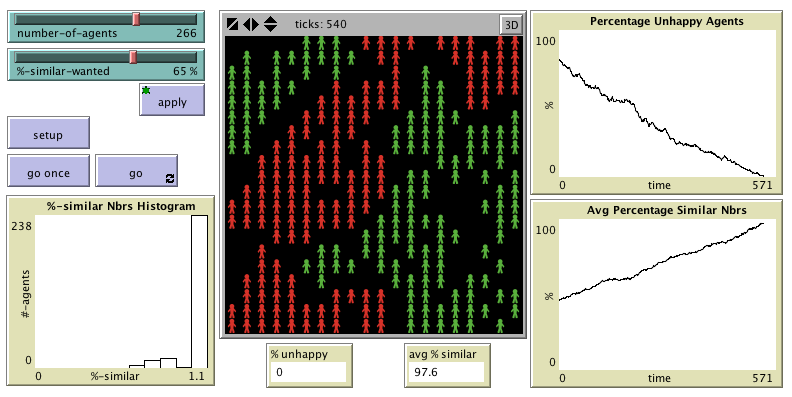

Crowds and pedestrians have been empirically studied for the past decades. A simulation tool could serve as a viable alternative. However, as they hardly recreate the truly panic conditions, people tend not to take it seriously. Fire drills ( figure 1) are possible approaches to study this phenomenon. Studying crowd behaviour in emergency situations is difficult since it often requires exposing real people to the actual, possibly dangerous, environment. The evacuation from large facilities during an emergency or disaster is a much more complex task because chaos and panic add to highly density populations even more uncertainty and stress. I NTRODUCTION Evacuating large crowds is a challenge under any circumstances. Based on the resulting heatmap the charging-stations (orange) have been setup, this is shown in the following figure. The simulation was running without charging with 1000 agents. The charging stations have been positioned manually by selecting vertices where a high traffic occurs. Using 300 as range further increases the number of agents which use a routing with charging and also the amount of dropped agent rises, the setup of 1000 cyclists takes 4:20 minutes. While using the standard routing without the use of chargers and the range parameter, the setup of 1000 cyclists needs about 1:30 minutes, while the setup of 1000 cyclists with charging enabled and 500 of range the process consumes 2:30 minutes of time.

The model can now setup agents with the routing engine using stopover points, which are in this case charging stations. The next step is to sort out the charging-station, which provides the shortest distance (to charger + to target), which also fulfills the condition that the distance from the location to the charger and the distance from the charger to the target are within the range of the agent. If the route is longer than the range first the distance to all chargers need to be calculated, and second all distances from all chargers to the target has to be computed.

When this route is shorter than the range everything is fine and the routing process finishes. First the shortest route and distance is computed. The procedure for creating the route from the location to the target of the cyclist is more complicated when the use of a charger is needed. In this context the “stress” while waiting for the charge could be measured in the model to further improve the charging infrastructure to the given demand. While the charge-point is probably already busy, the 2 nd or further incoming cyclists have to wait for their charge. In a further step it could be implemented to let bicyclists wait at the charging stations for the needed period of time for charging. This model should be the basis for further investigations to fast-charge electric vehicles, where the street-network of the whole province of Salzburg will be imported in the model. Pedelec bikes are normally charged at home, as their batteries normally can be unmounted from the bike and charged in the living rooms of the user. The routing has to be modified for all cyclists which have not sufficient range to fulfil their route to the target location.Īs it can be assumed, in a practical situation it would not make sense to provide charging stations for cyclists in a city, because the range of current pedelec bikes is high enough to do mostly all ways on a whole day in a city. The purpose of this model is to simulate the bicycle traffic in a hypothetic approach, given the fact that pedelec-bikes with limited range have to use the provided charging stations.


 0 kommentar(er)
0 kommentar(er)
